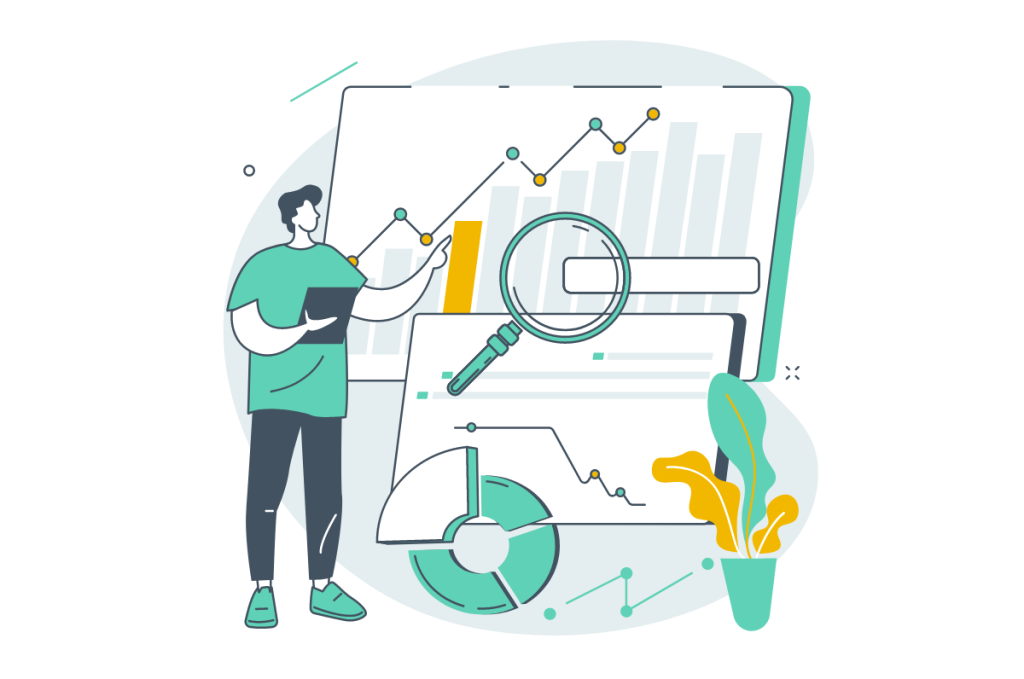Is your organization struggling to leverage the full potential of its data and integrations?
Do your integration and business intelligence departments operate in silos? If yes, then you’re missing out on valuable insights and opportunities.
And you’re not alone.
So let’s explore the challenges of data and integration disconnects, and give you some actionable steps to bridge the gap.
Understanding the challenge:
Data and integration departments often work independently, leading to missed synergies in harnessing full potential of the value of data. This results in:
- Data silos & segregated domain knowledge
- Need for rework in both operations & analytics
- Reduced speed of information
The biggest challenge is:
It hinders the ability to extract valuable insights from integrated data sources.
Let’s unlock the power of your data, and achieve informed decision-making by combining data and integration efforts.
Step 1: Foster collaboration between integration and business intelligence departments
Break down the barriers between your integration and business intelligence departments.
Yes, it’s easier said than done.
Encourage cross-functional collaboration, knowledge sharing, and joint initiatives. Foster a culture that values the importance of leveraging integrated data for business intelligence and decision-making.
But how?
Well, very practically we help companies to join forces by sitting down in the same room with people from both departments and helping them understand each other’s areas.

Step 2: Establish a unified data strategy
Develop a unified data strategy that aligns integration and business intelligence efforts. Define shared goals, data standards, and data products to ensure consistent and reliable data across systems.
A unified data strategy provides a foundation for seamless data integration and enables data-driven decision-making.

Step 3: Implement data governance frameworks
Data governance promotes collaboration and accountability.
Establish data governance frameworks that encompass both integration and business intelligence.
Define data ownership, roles, and responsibilities, and implement policies and procedures to ensure data quality, integrity, throughout the entire data value chain.

Step 4: Leverage integration and business intelligence tools
Invest in integration and business intelligence tools that fit the task at hand. No tool support the “one size fits all strategy”. It’s important with the right tool and the right capability for the right task.
Look for tools that enable data mapping, transformation, and visualization across integrated data sources.
These tools facilitate efficient data integration and enable data-driven insights and decision-making.

Step 5: Encourage Continuous Communication and Feedback Loops
Promote continuous communication between integration and business intelligence teams. Ensure that both are present each time a new initiative is made, involving either one or the other, to provide the best possible space for collaboration.
Establish feedback loops to gather insights, identify improvement areas, and refine integration and data strategies.

Contact me at mall@invixo.com and learn how we can assist you in integrating your data and leveraging the full potential of your business intelligence efforts.

– Martin Lindberg Lüttge
Director, Business Data Solutions
Further, read
Bridging the gap between your data management team and integration team >>
Don’t let the disconnect between data and integration hinder your organization’s ability to make informed decisions and enrich your operational processes.
You can bridge the gap and unleash the power of data and integrations for informed decision-making.
Contact Martin, Director, Business Data Solutions today at mall@invixo.com and learn how we can assist you in integrating your data and leveraging the full potential of your business intelligence efforts.
You might also like this post:
